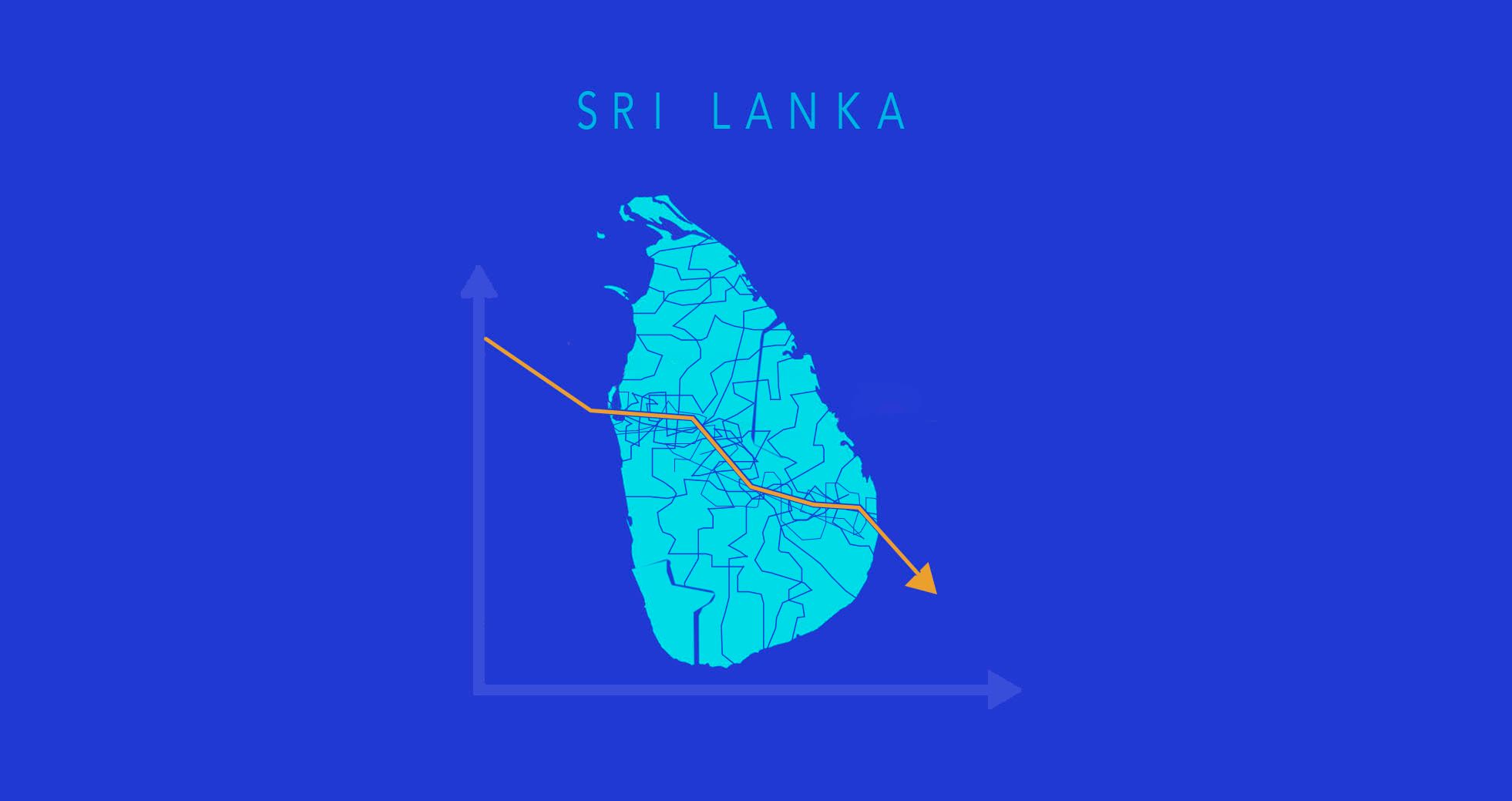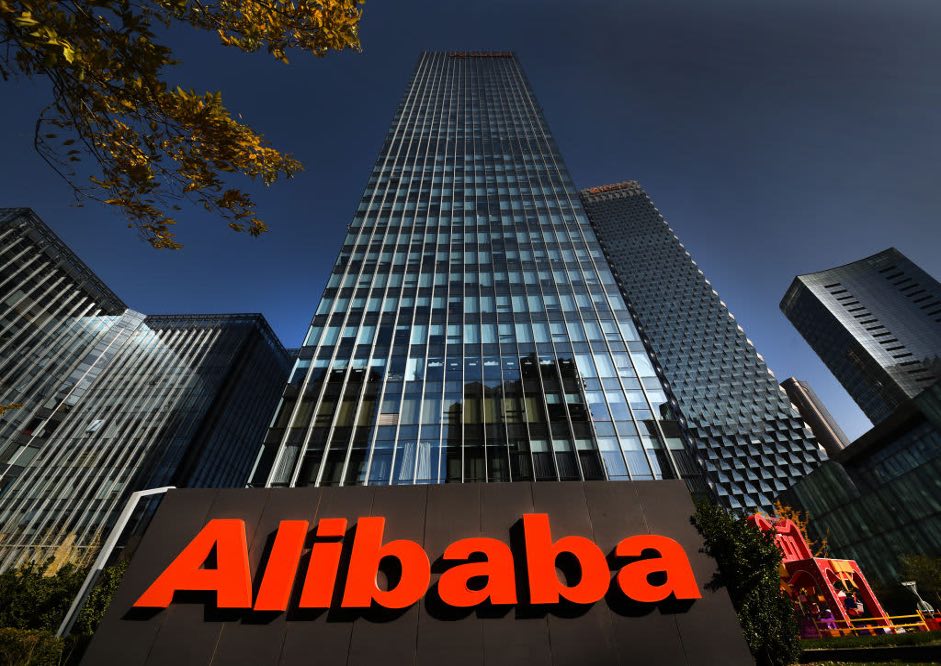Background
Sri Lanka is an island nation in South Asia surrounded by countries like India, Maldives, Bangladesh, Myanmar, etc inhabited by just 20 million people. It had in the past a rather impressive HDI ranking of 0.782 which was the highest as compared to its neighbours. In the past, 1 USD equalled 111 SLR, Sri Lanka was a thriving economy, had a well maintained Forex Reserve and a strong position in South Asia, fast forward to 11 years later, the Sri Lankan Rupee has depreciated so much so that it now equals 201 against the USD. Sri Lankan forex reserves have hit rock bottom and are the lowest ever in 12 years due to which along with an acute shortage of essential items, Sri Lanka has declared a national emergency.
Presently, Sri Lanka is suffering through a partially self-inflicted economic crisis as foreign reserves have dwindled, the rupee collapsed and the shortages of essential items have crippled the livelihood of its citizens. The country’s parliament on September 6, 2021, approved a National Emergency declared by President Gotabaya Rajapaksa on August 30th. The emergency was declared under the Public Security Ordinance to prevent the hoarding of essential food items like sugar, rice etc as private banks ran out of foreign exchange to finance imports.

Pre-Pandemic era
In 2017, the country experienced its worst drought in more than four decades. As per the data released by Sri Lanka’s Disaster Management Center under the Ministry of Disaster Management, over a million people were affected in 18 districts which indicated that more than half of the country was reeling under the drought. This had caused a downward economic growth and had impacted the agricultural sector in 2016 and 2019.
The country further recorded a slump from 3.4% in 2017 to 3.3% in 2018 due to poor performance in industrial activities. In 2019, the YoY(Year-over-Year) growth was merely 2.3% compared to the 5.7% in the previous year. This could be attributed to the Sunday Easter attacks by a local extremist group in luxury hotels in Colombo and major churches in the country. The service sector led by tourism, retail and financial services declined due to low confidence in the public eye.

Heavy reliance on Chinese imports
As of June 2019, China’s loan to the Sri Lankan public sector amounted to 15% of the Government’s external debt making China the largest bilateral creditor of the country. Unable to finance this debt, the country lost its Hambantota port to China for a 99-year lease.
Tourism
The Sri Lankan economy heavily depends on travel and tourism. A large chunk of the GDP is dependent on this sector. In 2019, it had also been named as a top tourist destination. Earning from tourism amounted to 3.6 Billion USD in 2019 and the earnings from the same amounted to 16% of the total inflows from export, tourism and work remittances. A large population of nearly 380,000 were directly or indirectly employed by this industry.
The impact of COVID induced lockdowns could also be seen in this sector with the Chinese arrivals dropping by 92.6% in the month of February and the overall tourist arrivals declining by 6.5 % and 17.7% during January and February. With a nationwide lockdown in Sri Lanka and the closing down of airports and the quick spread of the corona virus across countries, both domestic and foreign demand was virtually zero. Multiple hotel chains offered to be converted into quarantine centres, further affecting the tourist base.

Organic farming decision
Rajapaksa’s Government committed a bizarre overnight flip on 29th April 2021 by imposing a ban on chemical fertilisers and any other agrochemicals to make the island the first in the world to practice organic-only agriculture. This move was contrary to the promised subsidy of fertilisers that were to be provided to all the farmers by the majority party.
The impact of this ban was that prices of essentials like sugar, rice and onions have soared over twice the original rate, with sugar even touching 200 Rs/kg and kerosene and cooking gas prices inflating. A hit on the exports of essential food items like clove, nutmeg, pepper, rubber and tea(comprising 10% of the country’s export income) bringing over $1.25 billion each year has taken a plunge.
According to Herman Gunaratne, a major tea conglomerate who is also a spearhead to the organic shift says, “The ban has brought the tea industry into complete disarray. If we go completely organic, we lose 50% of the crop, we are not going to get 50% higher prices.”
According to experts, an overnight shift to organic cultivation can be a threat to the country’s food security.
Dwindling Forex Reserves and increase in debt
Sri Lanka is facing an external and internal crisis after the island nation’s net forex reserves are close to zero. The foreign reserves plunged to half in a year to just 2.8 billion dollars. This had led the Sri Lankan Rupee to depreciate against the dollar resulting in fewer imports which the Sri Lankan economy is heavily dependent on. The Debt-to-GDP levels are exceeding 100% and more than 80% of the government revenue is being utilised for the purpose of interest payments. The country fears that it won’t be able to finance the petroleum imports and hence has advised its citizens not to use vehicles. As per CBSL(Central Bank of Sri Lanka), the forex reserves have depleted from $7.5 billion in Nov 2019 to $2.8 billion as of July 2021.

Government's response
The Sri Lankan Government blames speculators for a sharp rise in the cost of essential food items by hoarding and has declared an economic emergency under the Public Security Ordinance and has also refused to end its organic farming decision for the time being. It has promised to provide farmers with organic fertilisers instead and has prohibited traders from exchanging more than 200 Sri Lankan rupees.
The Major General Officer has been appointed to oversee food distribution. The Energy Minister has asked the citizens to use fuel sparingly so that the country can use its foreign exchange to buy essentials, medicines and vaccines.
Further, on August 22, 2021, the Central Bank printed 29 Billion Sri Lankan rupees following a failed treasury bill auction, after it raised interests to 6% to decrease liquidity, making Sri Lanka the first country in Asia to raise the interest rates in the COVID era. The apex bank also doubled the SLR from 2% to 4%. The Sri Lankan Rupee has fallen 7% against the USD this year, thereby, recording an all-time low.
Way forward: Personal opinion
Mr Rajapaksa’s drive to make the country 100% organic can lead to severe food shortages which will further lead to an increase in prices. The government should lift the ban from chemical fertilisers for the time being and provide agrochemicals at subsidised rates to the farmers. Further, the government should allow a risk cover for the normal functioning of trade and commerce, especially focusing on the import industry. There should be a systematic public distribution mechanism to cope up with the food shortages as the market can’t adjust itself amidst the instability.
Summary
Major pointers that have caused this havoc in Sri Lanka:
-Tourism is one of the most important sectors in Sri Lanka to generate revenue and due to the pandemic, this sector has suffered hugely.
-Foreign Reserves in Sri Lanka have been shrinking day by day, the country has been a net importer of even the essential items including daily use goods like toothbrushes, cherries, vinegar, etc.
-Increased debt especially from China.
-Depreciation of the domestic currency.
-High inflation rates.
Written by- Aditi Singh
Edited by- Ubai Sura




